Baking curve | how do we determine the baking curve of Costa Rica Phoenix sapphire?
Just on the new Phoenix sapphire this bean, but also shared about the brewing method of this bean, floral, berry rich it is still loved by many people, today a friend asked us about this bean a baking curve, then I will talk about the front street to determine how to bake this bean curve ~
Before baking, of course, you must first understand a basic information about this bean, otherwise the bean should be baked again ~~
Bean information
Costa Rica Central Valley Cumbres Del Poas Zahiro
Costa Rica Fire Phoenix Estate Sapphire
Region: Central Valley
Manor: Fire Phoenix Manor
Altitude: 1600m
Breeds: Kadura, Kaduai
Grade: SHB
Treatment: Solarization
Flavor: floral, berry, tropical fruit, fermented bouquet, brown sugar
Located in the foothills of the Poas Volcano in the Central Costa Rican Valley, Phoenix Manor is an early producer of honeyed and sun-cured coffee in Central and South America. It is an organically grown coffee plantation because the owner has always attached great importance to the concept of environmental treatment (column: collecting rainwater to treat coffee) and the use of organic compost produced by earthworm farming (worm compost) to make the cultivation process completely free of chemical fertilizers and pesticides.
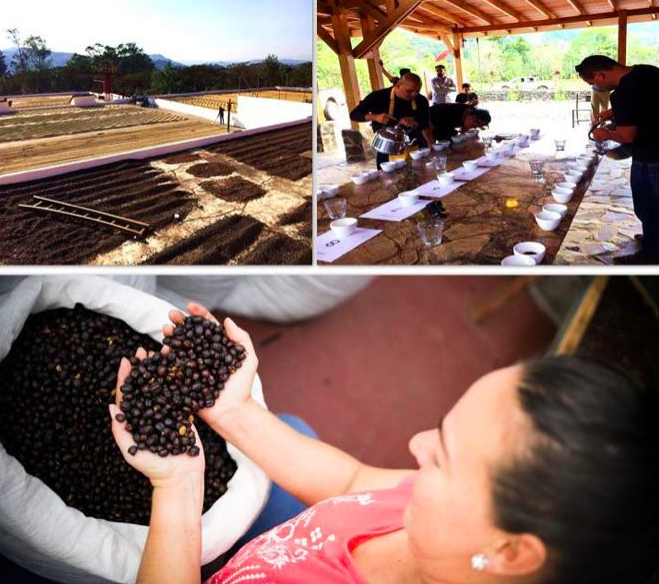
The natural processing process of sapphire (Zahiro) is quite labor-intensive. Hand-harvested cherries with high sugar content should be placed in the African elevated shed for about 10 days, and then placed in the plastic covered greenhouse to create more direct heat. Continue to dry until the moisture content reaches 11.5%. Slowly dry the process, carefully take care of it, and constantly flip it. At last, the red cherries turn black, emitting the aroma of fruit cake, brown sugar, and even sherry wine!
baking analysis
Costa Rica beans grade SHB(very hard beans), beans density, varieties Kadura, Kaduai, these two varieties show flower fragrance and fruit acid are very good, but also the sun treatment method, high sweetness, want to fully show their personality, the front street baker decided to use a lower temperature into the beans (compared to washed beans) using moderate heat slowly reduce the fire to bake, respectively bake three into the same temperature but different bean baking curve.
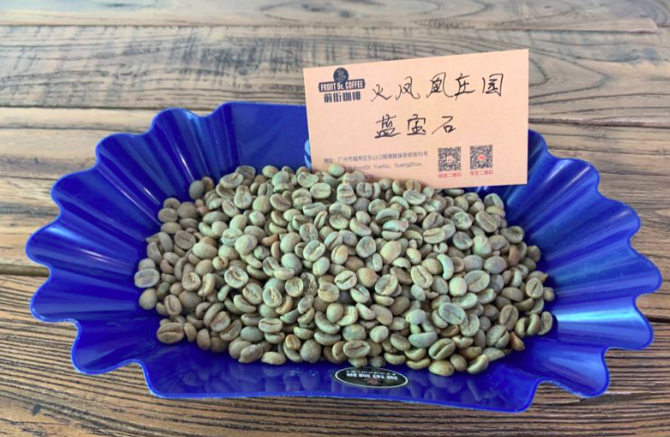
Curve ①
The temperature of soybean entering: 170℃, yellowing point: 5 '55, 151.4℃, first explosion point: 9' 31 ", 184.5℃, development after first explosion 2 '25", 198.4℃.

Flavors by cup: floral, berry, brown sugar, fermented bouquet
Curve ②
The temperature of entering beans: 170℃, yellowing point: 5 '40 ", 151.6℃, first explosion point: 9' 00", 183.9℃, development after first explosion 2 '05 ", 195℃.

Flavors by cup: rose, berry, fermented, tropical fruit, honey
Curve ③
The temperature of entering beans: 170℃, yellowing point: 5 '45 ", 151.1℃, first explosion point: 9' 05", 184.5℃, development after first explosion 1 '45 ", 195℃.
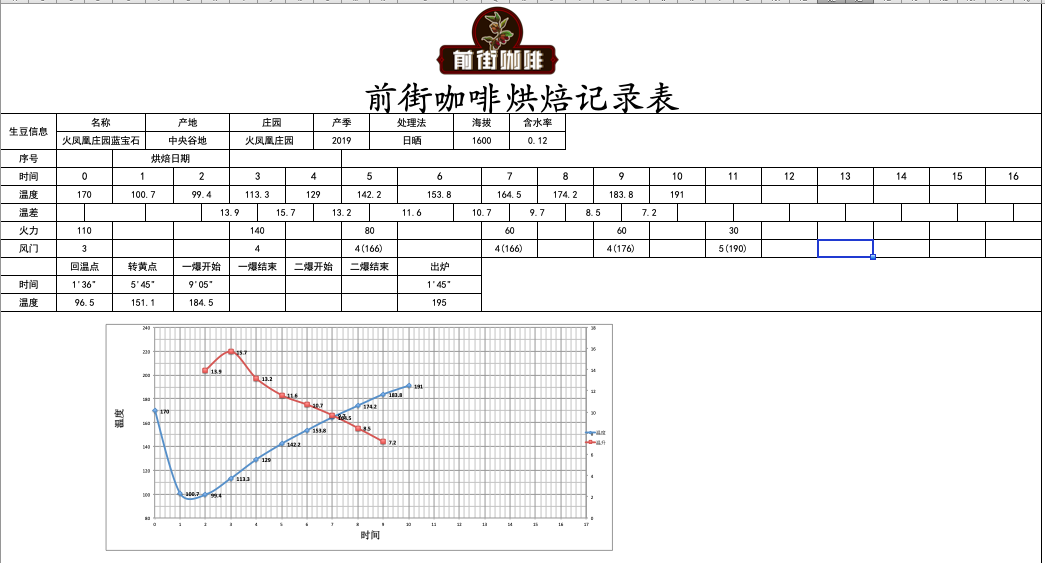
Cup flavor: berry, sucrose, sucrose, tea, fruit tea.
By comparing these three curves after cup test, the flower fragrance, berry fruit and sweet feeling of this bean are obviously prominent, but curve ① in cup test, the whole is dull, the flavor is not clear enough, from the change of temperature, the taste aftertaste has astringent feeling; curve ② in cup test, the whole is very balanced, the aroma is obvious, the flavor is clear, the taste is thick, with the change of temperature, the flavor and taste are very good, the aftertaste is lasting; Curve ③ In the cup test, the whole is relatively refreshing, clean, obvious aroma, and distinct flavor levels. With the change of temperature, there is a tonality of fruit tea, which is not bad. Finally, we decided to use curve ② and curve ③ to flush a pot each, and see which curve is more characteristic under manual flushing extraction.
Hand punch (keep the technique consistent as much as possible)
Filter cup: Hario V60, water temperature: 90℃, powder-water ratio: 1:15; grinding degree: medium fine grinding (BG6T: 58% pass rate of Chinese standard No.20 sieve)
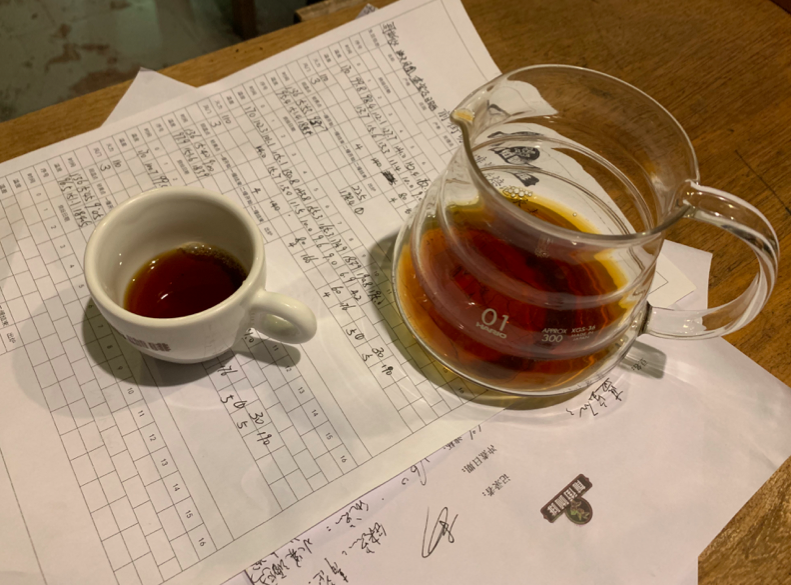
Brewing method: staged extraction. Steaming with 30g water for 30s, injecting water in a circle to 128g with small water flow, stopping injecting water to 225g when the water level drops and exposing the powder bed, removing the filter cup when the water level drops and exposing the powder bed, and extracting for 1.55 ".
Curve ②: The whole is relatively balanced, sweet feeling is obvious, there are rich flowers, berries, fermented wine fragrance at the entrance, honey and cocoa at the end.
Curve ③: The overall sweet feeling is obvious, there are fermented wine fragrance, flower fragrance, berry fruit at the entrance, cocoa at the end, but the taste has obvious green taste.
Through cup test and brewing, curve ② shows better quality, so we use curve ②.
Important Notice :
前街咖啡 FrontStreet Coffee has moved to new addredd:
FrontStreet Coffee Address: 315,Donghua East Road,GuangZhou
Tel:020 38364473
- Prev
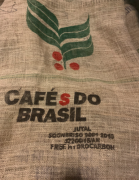
Talking about Brazil, a big coffee producer in the world
When it comes to Brazil, everyone can always talk about it. Brazilian football is good. Brazilian coffee is a big coffee producer in the world. Its beans are sour and mild in taste, and its beans are often used to mix and make concentrated beans with nutty aroma in slightly acid. it has a long taste. Today, let's talk about Brazil, a coffee producing region. Brazil, known as the coffee kingdom, is the largest in the world.
- Next
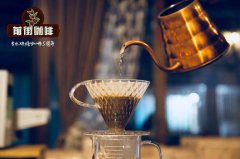
try
Professional coffee knowledge exchange More coffee bean information Please pay attention to coffee workshop (Weixin Official Accounts cafe_style) Friends familiar with coffee know that Arabica has always been the darling of the coffee market, accounting for 70% of the global output, excellent aroma and flavor, its derived coffee varieties also inherit its superior aroma of good genes, is the main variety of global fine coffee, so Arabica
Related
- Why can American refills for free? The difference between Americano and American drip pot coffee
- Being chased out of the rain in front of Starbucks?! Store: Sheltering from rain under umbrellas poses a safety hazard
- The white moonlight has changed?! Lucky launches "Big Winter Pear American"
- Hand-brewed coffee three-stage method, high-sweet and universal brewing method to share! What does the high sweet water level of hand-brewed coffee mean?
- What is the difference between raw, refined and full espresso coffee? How to extract espresso and taste good?
- A complete list of coffee bean names and their meanings! What is Yejia Shefi coffee? Where is Mantelin coffee?
- What grade does Arida Manor Kaduai coffee beans belong to? What treatment is Arida ASD slow anaerobic sun exposure?
- The milk tea cup becomes smaller?! Overlord Tea Girl launches a new "Return to Yunnan" series
- Accused of selling counterfeit and high-priced coffee beans! Well-known boutique coffee brand "Oukelao" bowed and apologized!
- How to make espresso dumplings? Can I eat coffee and glutinous rice balls together?

